In this article, we discuss the popular myths believed by many about inflatable paddle boards. Check out what they are and a quick debunking of each below!
______________
If you’ve been paying attention to the SUP industry, you may have seen a growing trend. No longer do hardboards dominate the market of SUP. Instead, it’s starting to belong to inflatable boards.
With this rise in popularity, also comes a ton of questions. And instead of listening to the experts, most consumers are apt to believe any old rumor they hear about inflatable paddle boards.
To dispel any sort of untruths that might be circulating around, we’re going to tackle them head-on here…
And debunk the top myths that have proliferated over the last couple of years about inflatable paddle boards.
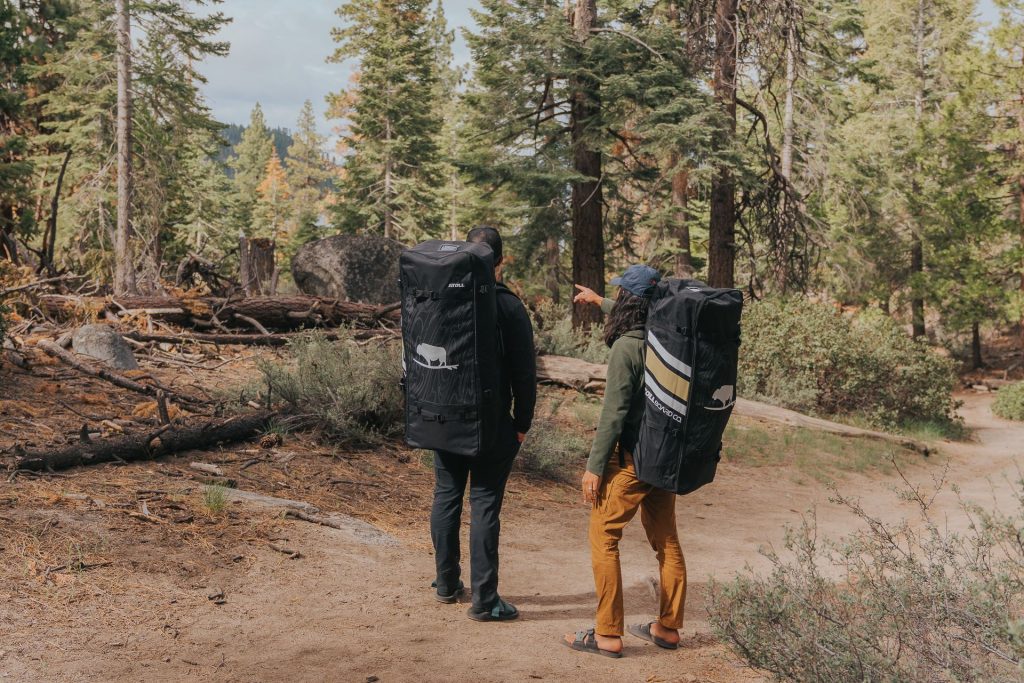
1. They’re Made With Cheap Materials
The top myth, the numero uno, the head honcho, is the belief that inflatable paddle boards are made of cheap materials. They’re thin. Poorly constructed. And will need to be replaced only after a short amount of time on the water.
With an Atoll iSUP this is not the case. With us you receive a piece of equipment made with military-grade, drop-stitched material that will last you years. And is designed to be the only board you’ll ever need.
Plus, if for some rarity you do have a problem with your board, it’s backed by our number 1 customer service. So, we’ve got your back no matter what — unlike the big chain stores.
When it comes to the number one myth, it’s not actually a myth. It’s just not one that applies to us.
2. They’re Fragile
We danced around this myth in the previous one, but to continue on that train of thought — inflatable paddle boards are not fragile. In the least.
When you hear the term “hardboard” it’s easy to make the mistake of thinking they’re indestructible. And when you think of an inflatable, you think of popping and holes.
These ideas could not be further from the truth. In fact, it’s the exact opposite.
Hardboards are more fragile. Their foam cores, wrapped in fiberglass or carbon fiber, can hardly withstand a drop in the parking lot without needing a repair, let alone shooting down a river, bouncing off rocks, sticks, and other debris.
Plus, with an inflatable board, you can fall right on your board and bounce back up. On a hardboard, if you fall on the deck you are likely to crack it.
When it comes to this myth, we need to flip the switch on these stereotypes. Hardboards are fragile. Inflatable boards are rugged.
3. They Lack Performance
This myth depends on how you want to use your inflatable board.
If say, you’re into SUP surfing and want to carve up some waves, an inflatable board will not perform as well as a hardboard in this environment. The heavier hardboards are naturally more responsive to the waves as opposed to the air core of an inflatable. Plus, the rails are much too thick on an inflatable board to be able to turn with precision like you would be able to do on a hardboard.
The same can be said for SUP racing. If you want the most speed on the water, a 14′ carbon fiber race board is probably your best bet.
However, it’s important to note that advancements in inflatable board technology have significantly improved their performance in these areas, making them more competitive with hardboards than they were in the past.
But outside of these two activities, inflatable boards are comparable to hardboards. And in some instances outperform them.
This is the case when it comes to river SUP and SUP fishing. As we’ve already mentioned, inflatable boards are the perfect choice for a river paddle. Their rugged materials and ability to bounce off obstacles make them ideal for a river setting full of all types of debris.
And when it comes to SUP fishing, the thicker rails and wider decks of an inflatable board allow you to easily carry gear to your favorite fishing spot with ease.
In addition, touring, SUP yoga, and cruising are just as fun on an inflatable board as opposed to a hardboard.
In fact, it can often be difficult to tell the difference between the two. If you’re a fan of SUP surfing or racing, this myth may apply. But for every other aspect of SUP, this myth is busted.

4. They’re Not Meant for the Ocean
We’ve already discussed why inflatable boards are not a number one choice when it comes to SUP surfing.
But when it comes to paddling in the ocean, they should be your go-to board!
The thicker rails, soft surface, and additional float all combine to make a platform that is easier to balance on. And when you’re in the ocean, balance is important.
The moving energy of the ocean makes for a difficult time standing up, let alone paddling. And getting through the whitewater can be a treacherous endeavor.
When you paddle an inflatable board in the ocean, you have a softer platform to land on if you do lose your balance, and if you get swallowed up by the whitewater, getting hit with an iSUP is much more forgiving than a hardboard.
So, when it comes to strictly paddling past the breakers in the ocean, you should consider an inflatable board your go-to option. It’s safer. Easier to balance on. And you’re not in any danger of injuring yourself or your board.
5. They Take Forever to Inflate
This next myth depends entirely on two things — your fitness level and your willingness to spend a little extra on an electric pump.
If you’re forced to use a standard pump to inflate your iSUP, it can take a while. That is unless you use our upgraded two-way pump that inflates the boards when you push down on the pump and pull the handles up. Doing this will cut your pumping time in half. And if you’re into fitness you should be able to pump your board up in a few minutes.
However, if you’d rather leave the wait time (and the burning arms) behind, then be sure to grab a Shark II electric pump. Simply attach the pump to your iSUP, plug it into your car, set the psi, and let it rip!
In just a matter of minutes, your board will be perfectly inflated while you relax in the shade.
6. Dog Claws Can Pop Them
This is one of the biggest myths we have heard. As we’ve already stated our Atoll iSUPs are made out of high-quality military-grade PVC vinyl materials that are drop stitched to provide you with the most rugged and durable boards on the market.
As such, your doggo’s claws will not make a dent on a fully inflated Atoll iSUP.
And if you don’t believe us, simply take a look at our Instagram page for proof.
We have owners around the world, with all different types of dog breeds enjoying time on their boards without a single pop from a dog claw.
Bonus: If you’re interested in learning how to SUP with your pup, take a look at our previous article, “How to SUP with Your Pup.”
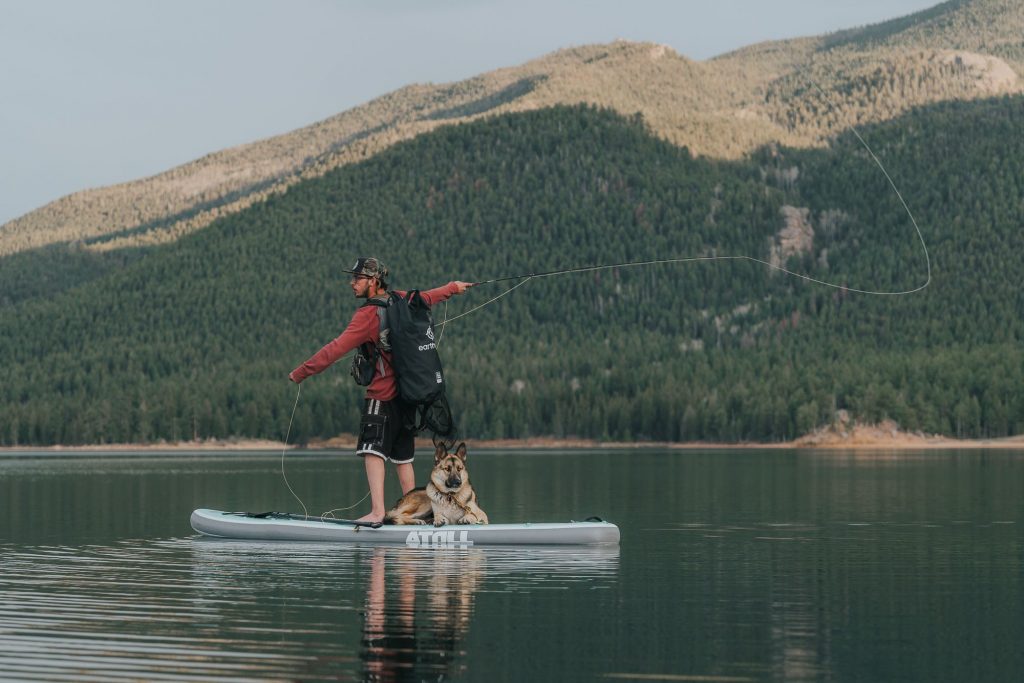
7. They’re Strictly for Beginners
It’s true, inflatable boards provide a stable platform for balance that can be fallen on without damage to you or your board.
With these qualities, it is easy to assume they’re great for beginners. And they are!
But inflatable boards are also great for experienced paddlers too. Especially those who crave adventure. If you’re into river SUP, SUP fishing, traveling with your board, and more, an inflatable board is a perfect watercraft to satisfy your every need.
And because they paddle so well in almost any environment, they will be the only board you will ever need. No matter your skill level!
8. They’re Difficult to Repair
This depends entirely on the part that needs to be repaired. If by some freak accident you have a large gash in your inflatable paddle board, then it might be beyond repair.
But, if you have a small hole that needs to be plugged in, the process for doing so is very simple. In fact, most major inflatable SUP manufacturers, including our Atoll iSUPs, come with a repair kit.
If you don’t believe it’s a simple process, then refer to our previous article, “How to Repair Your Atoll iSUP,” to learn just how simple the process really is.
9. They’re Too Expensive
There’s an old saying — you get what you pay for. This statement has lasted through the years for one simple reason…
It’s true.
If you want to spend money on a cheaper inflatable paddle board you might be looking at buying two, or even three over time due to their cheap construction and fragile materials.
But, if you want a board that will last. One that will be with you on every adventure, then you’re going to have to pay just a little bit more.
iSUPs range anywhere from $299 to $799. But the cost is nothing compared to a quality hardboard. These boards range anywhere from $999-$2,000.
In comparison, inflatable paddle boards like an Atoll iSUP are a bargain!
10. They’re Not as Good as Hardboards
If you haven’t realized it by now, inflatable paddle boards are just as good as hardboards, and in some cases, even better.
When it comes to the learning curve, durability, storage, transport, paddling with your dog, paddling in certain environments, enjoying certain activities, and price — inflatable boards outperform hardboards by a mile.
And it’s because of these reasons that inflatable paddle boards like Atoll are now dominating the SUP industry.
Conclusion
Well, those are the top inflatable paddle board myths most people believe. After learning about each, are you still not sure if an inflatable board is a right choice for you? Reach out! We’re always happy to answer any of your questions and help you make the right decision to get you and your family on the water.




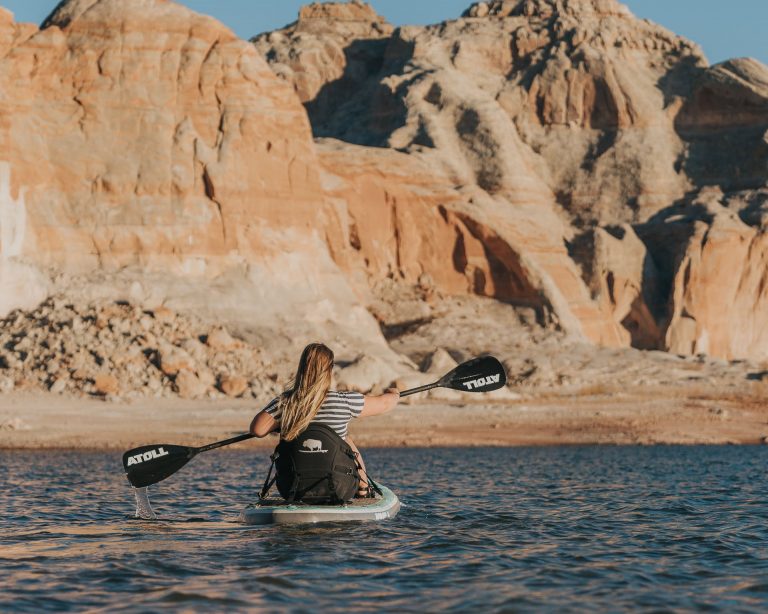



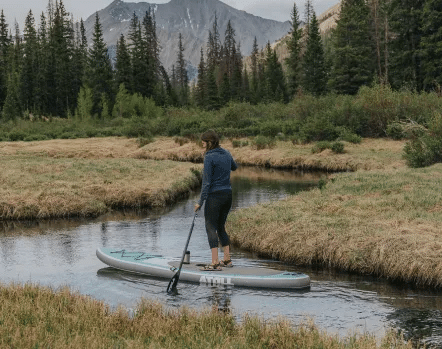

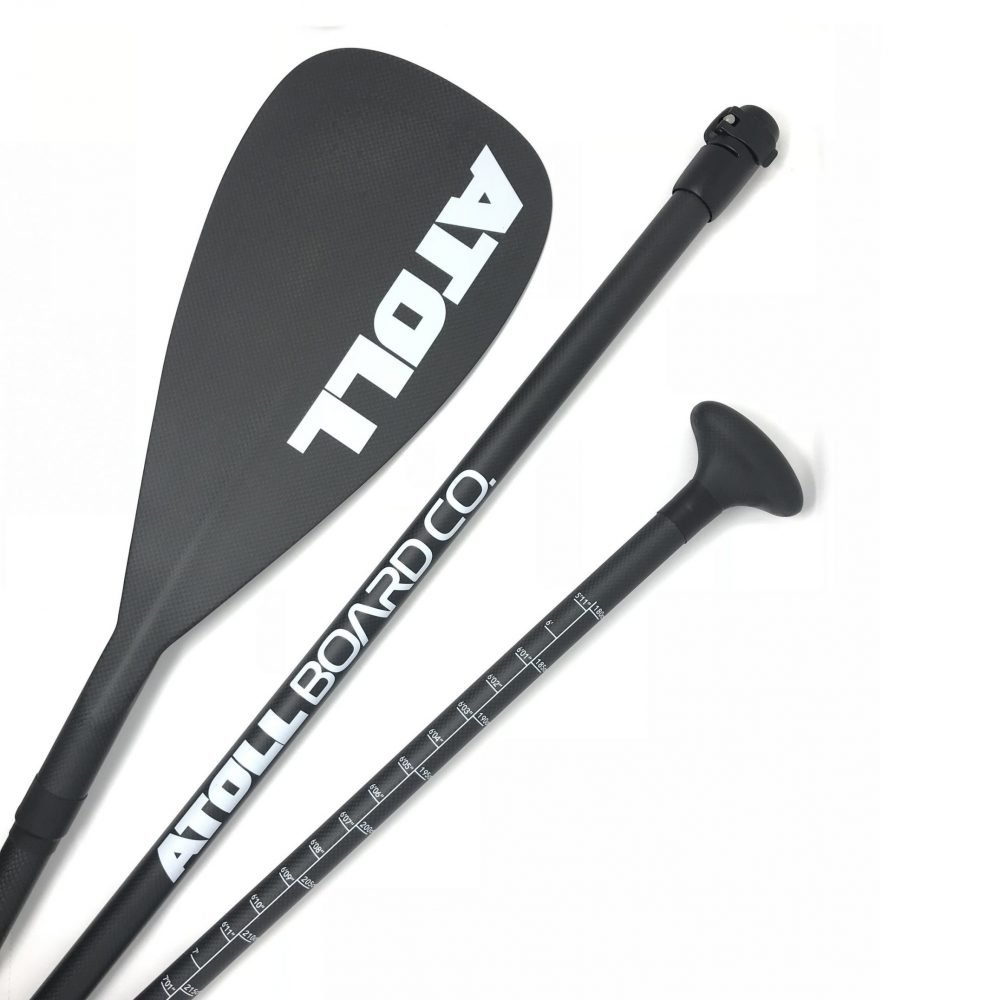
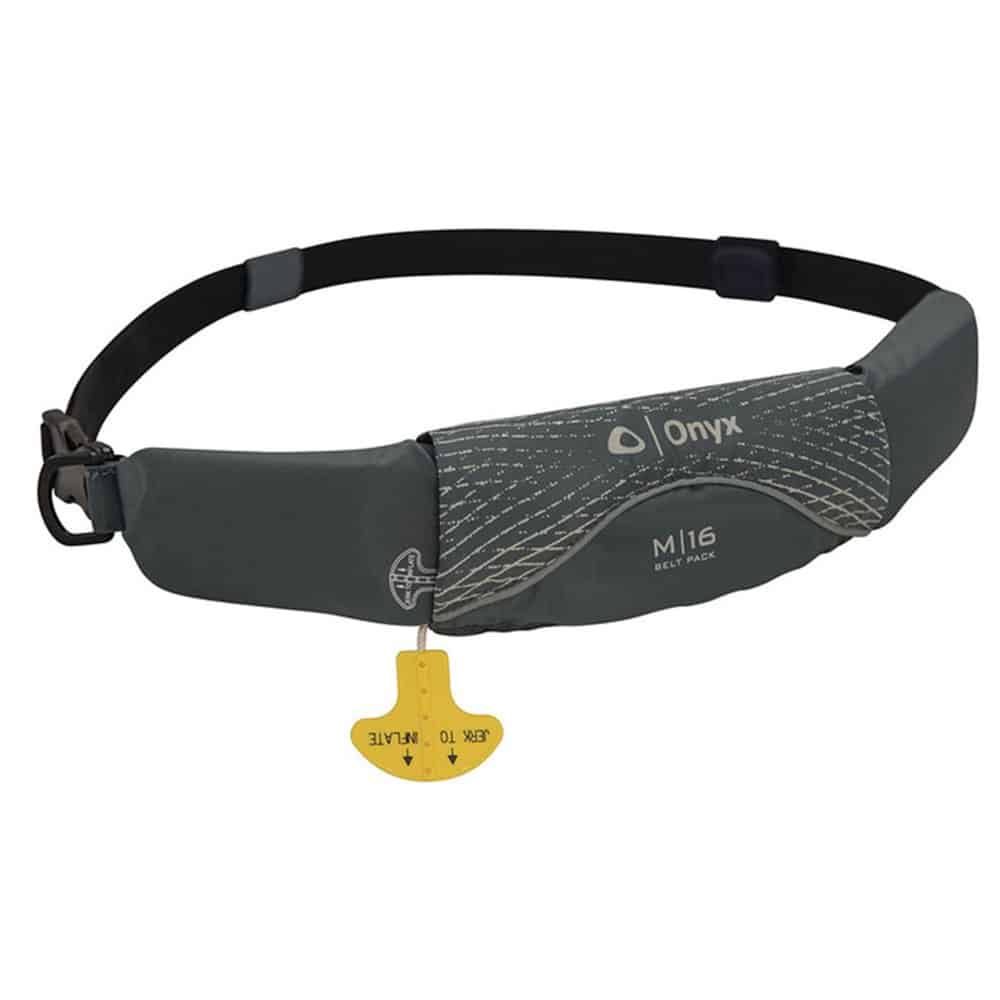
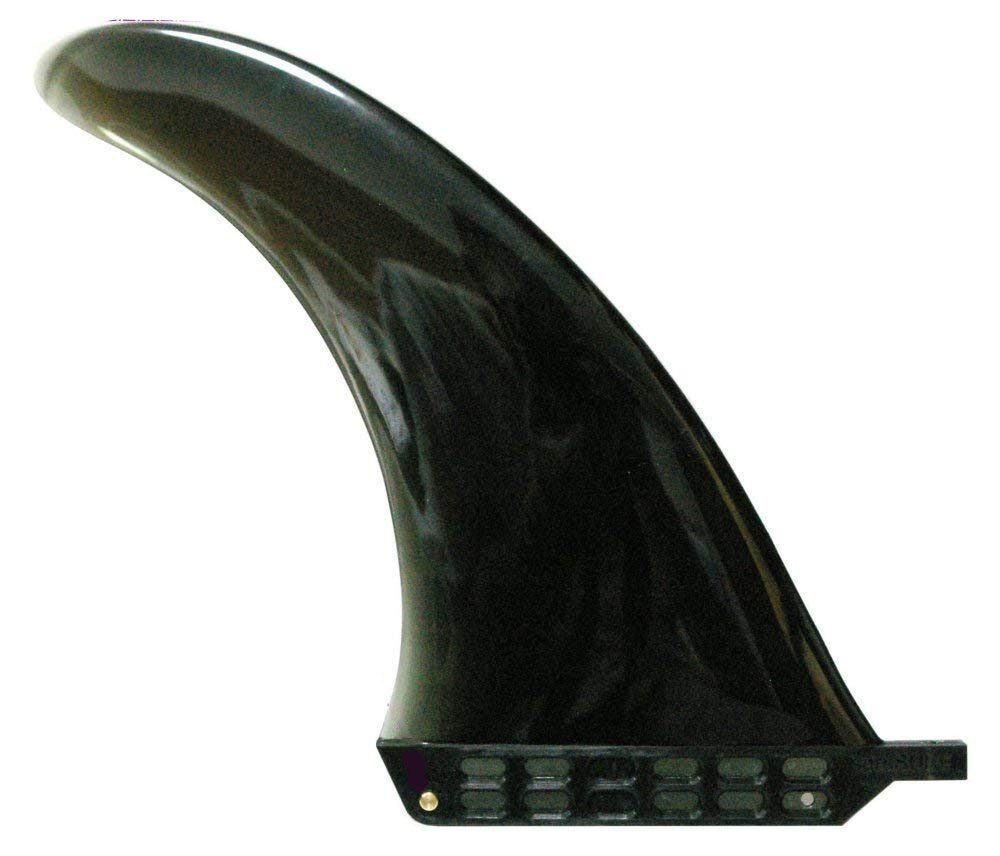
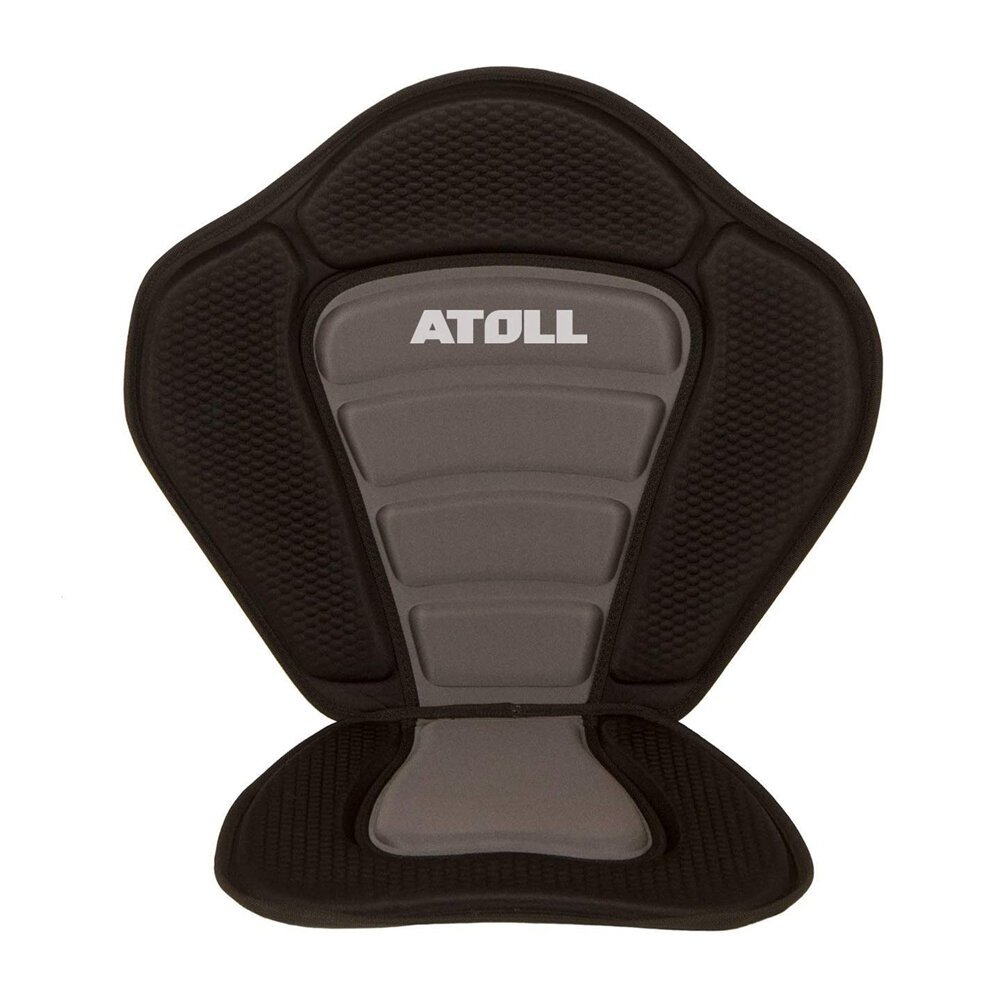
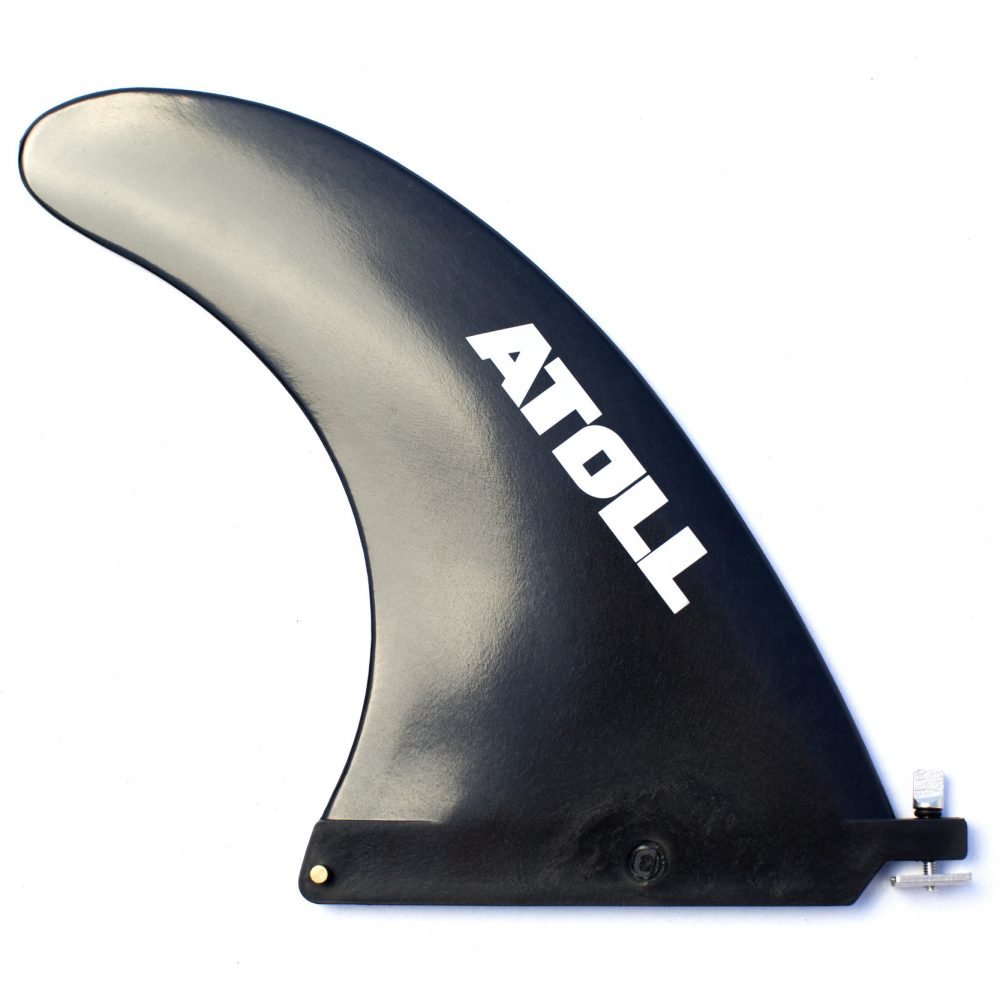
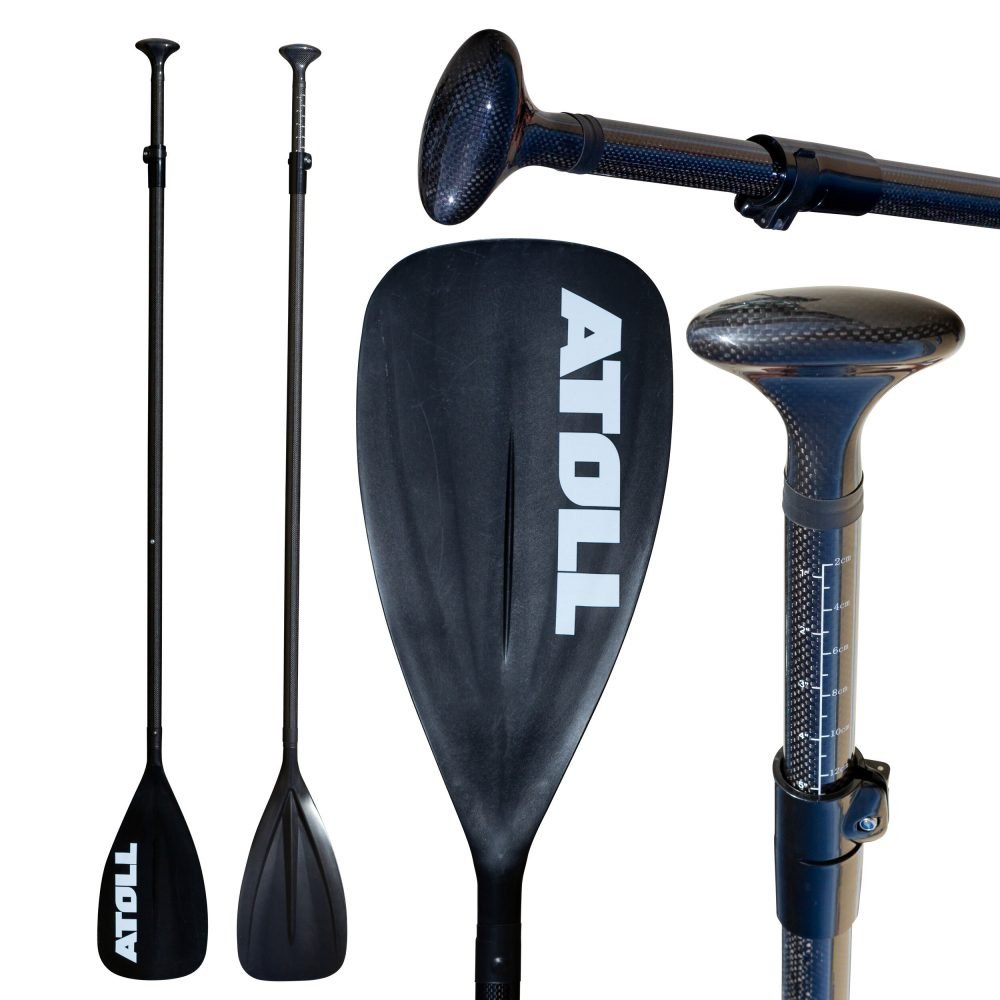
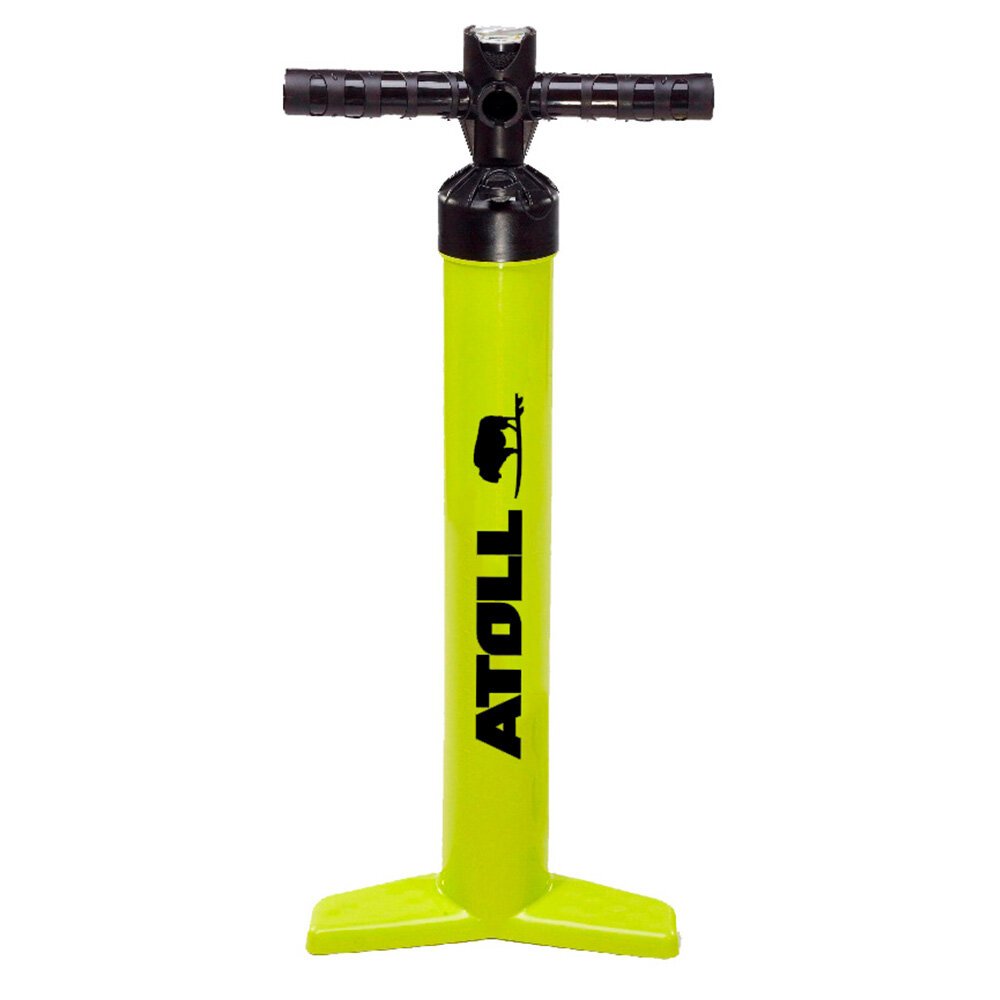
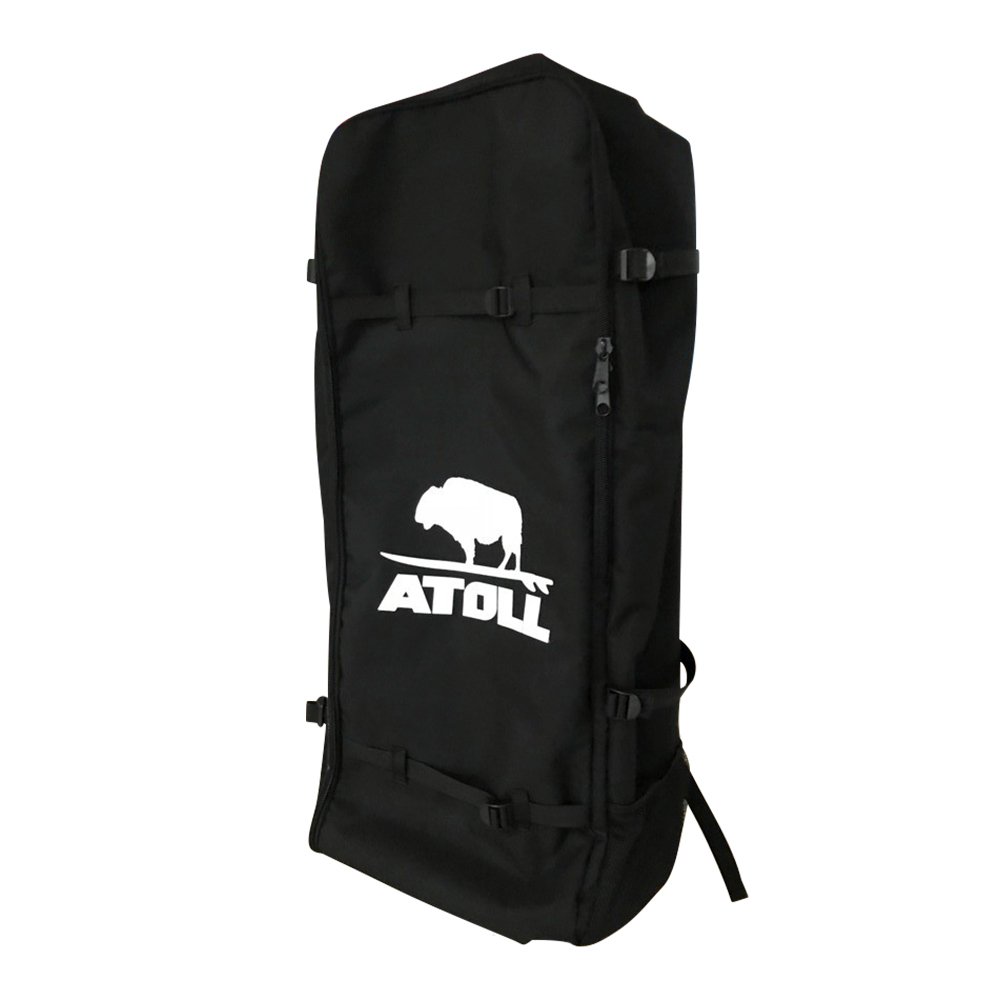
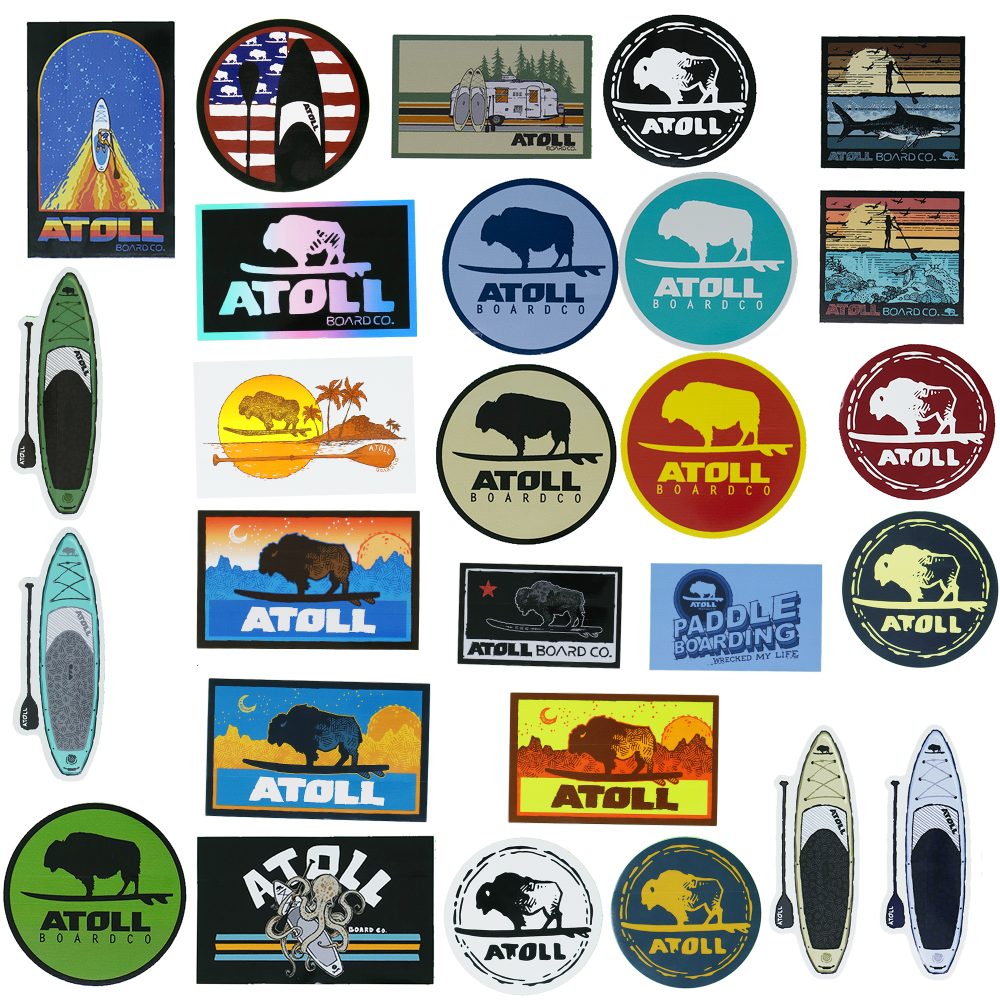

4 Responses
You could have even mentioned whitewater rafts are also inflatable and take a pounding on all kinds of rocks
Very true! But we’d rather see people grab an iSUP (for obvious reasons haha). Thanks for the comment. We hope you’re getting on the water as much as possible!
Thank for this info. However, there is an inaccuracy that says Atoll gives you everything you need to repair the board. There is no glue in your repair kit which I understand is related to shipping rules. You may want to update this article, and perhaps let the readers know where to get the glue and what glue you recommend.
Hi Brett – You’re correct! We do have some kits in our warehouse that have glue included for local owners. However, when we ship, we do have to remove the glue. We’ll edit and put a link to the glue that we use. Thank you for the thoughtful comment. Hope you’re getting on the water as much as possible!